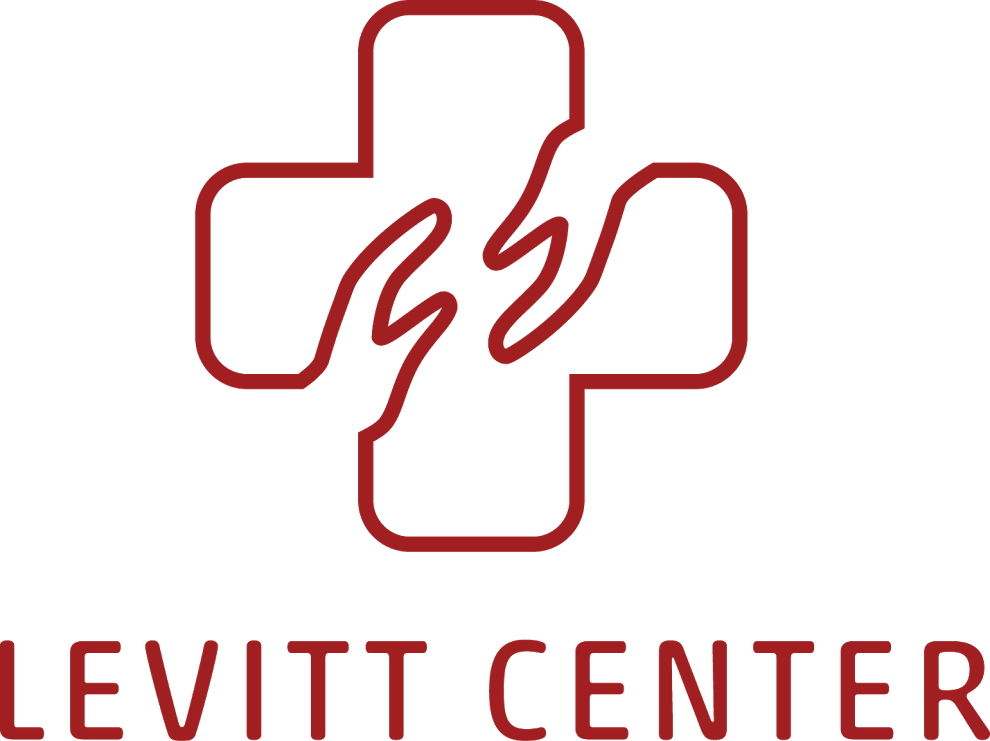UNDERSTANDING THE TOXIC CYCLE: EXPANDING EMERGENCY CARE OF ALCOHOL & OTHER DRUGS
The ED is frequently the only source of care for patients with substance abuse and dependency problems. We are using the SEM framework to understand how the ED can improve the care of these patients, particularly with referral to treatment, brief interventions, and clinical strategies for patients in acute withdrawal.
Opioid Use Disorder Retrospective Study
Principal Investigator: Andrew Herring, M.D.
Funder: Clinical Trials Networks/National Institute on Drug Abuse
Developed from an initial grant at the Levitt Center, the opioid treatment program established by Dr. Herring's EDBRIDGE grant is now available at over 52 hospitals in California. To disseminate the impact of ED-initiated buprenorphine treatment to the broader academic and scientific communities, Dr. Herring and his team have begun work on a large retrospective study of all of the patients who received buprenorphine in Highland Hospital’s emergency department in 2018. With over 400 of the 650 eligible charts reviewed, the depth and magnitude of this retrospective study will reflect the trailblazing approach Dr. Herring and other providers at Highland have taken to initiate treatment for opioid addiction in the ED.
ED-BRIDGE: EMERGENCY BUPRENORPHINE TREATMENT IN EMERGENCY DEPARTMENTS
Site PI: Andrew Herring, MD
Funder: Substance Abuse and Mental Health Services Administration (SAMHSA) and the State Targeted Response to the Opioid Crisis Grant to the California Department of Health Care Services (DHCS)
Dr. Herring was awarded a grant through the Substance Abuse and Mental Health Services Administration (SAMHSA) State Targeted Response to the Opioid Crisis Grant to the California Department of Health Care Services (DHCS) to create the ED-BRIDGE program.
The purpose of the grant was to address the opioid crisis by improving access to treatment, reducing unmet treatment need, and reducing opioid overdose related deaths through the provision of prevention, treatment, and recovery activities for OUD. The California MAT Expansion Project was implementing the California Hub and Spoke System (CA H&SS). Each CA H&SS consisted of a “Hub” and multiple “Spokes”. An existing Narcotic Treatment Program (NTP) or Medication Unit served as the Hub while federally approved Data 2000 waivered prescribers who prescribe or dispense buprenorphine in office-based settings served as the Spokes. This grant implemented the integration of EDs as active partners in the expansion of MAT in California.
ED-BRIDGE supported emergency departments throughout California to develop and implement plans for 24/7 access to buprenorphine for patients with opioid use disorder.
The ED-Bridge evolved into CA-Bridge which can be contacted at: https://cabridge.org//
Read more about Dr. Herring's work here: http://www.oaklandmagazine.com/October-2017/Facing-the-Opioid-Emergency/
MEDICATION ASSISTED TREATMENT oF OPIOID ADDICTION IN tHE EMERGENCY DEPARTMENT
Site PI: Andrew Herring, MD
Funder: California HealthCare Foundation
The objective of this project is to increase access to medically assisted treatment of opioid addiction through initiating treatment in the emergency department. The project will pilot a treatment model, proven successful in a controlled academic environment, in an urban region, and share the results in CHCF and peer-reviewed publications.
ENVIRONMENTAL DRINKING CONTEXTS & INTIMATE PARTNER VIOLENCE
Site PI: Harrison Alter, MD, MS
Funder: NIH 1R01AA022990
The relationship between alcohol use and intimate partner violence is well-established but little understood. To help move the field forward, the Levitt Center has partnered as a subawardee with the Pacific Institute for Research and Evaluation to perform a mixed-methods study of drinking contexts -- where, when and with whom -- and how such contexts influence partner abuse patterns. This is a five year project, and will involve in-depth interviews of dozens of patients and surveys of hundreds.
THE PHARMACO-ECOLOGY OF GUN VIOLENCE: A Pilot Investigation
Site PI: Harrison Alter, MD, MS
Funder: The Pacific Institute for Research and Evaluation (PIRE)
It is a truism that guns and drugs don't mix, but in certain social settings they appear to be inextricable. This small exploratory study, in collaboration with toxicologists and emergency physicians at the University of California, Fresno and anthropologists at aims to understand the interplay between the substances that gun-injured patients believe they use and why, as well as what is actually in their bloodstream at the time of their injury.

